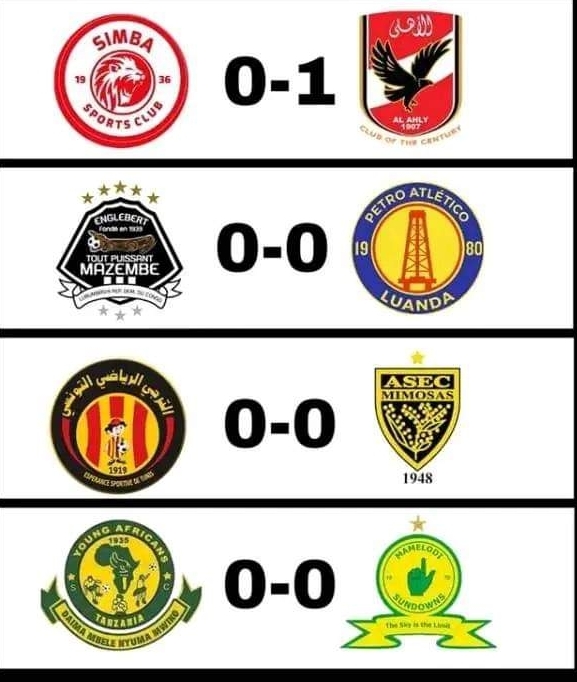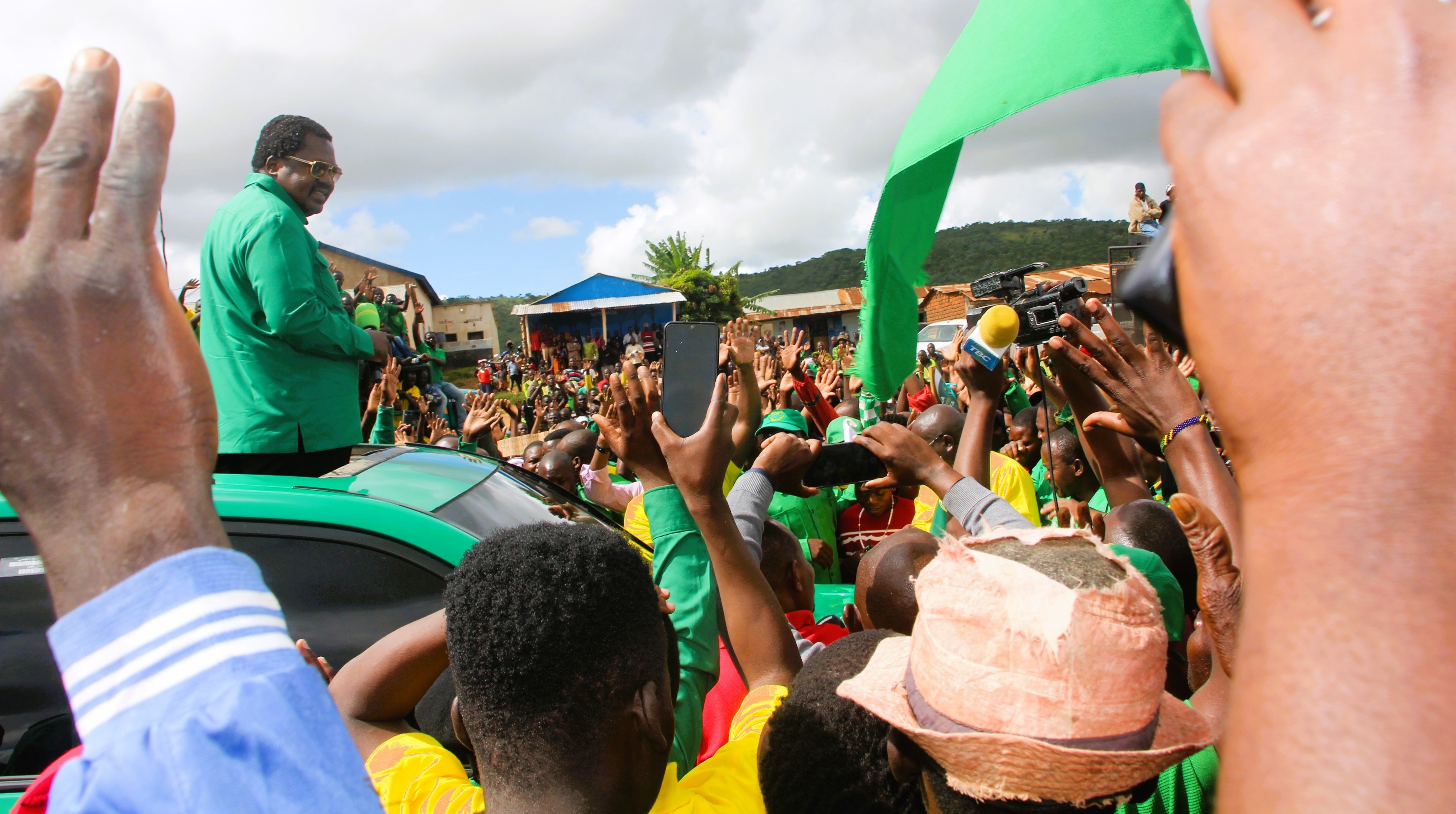A
tribute to Madiba - Nelson Rolihlahla Mandela
NELSON MANDELA -
Cheered South Africa!



|
Scroll
Down
Nelson Mandela
Madiba
Nelson Mandela was born "Rolihlahla
Mandela" on July 18th 1918. His given name Rolihlahla,
means 'to pull a branch of a tree', or literally,
'troublemaker'. Rolihlahla became the first member of
his family to attend school. His teacher gave him the
English name 'Nelson'. He attended a Wesleyan mission school.
(Methodist) He was a bright young man,
completing his junior certificate in two years rather
than three. At 16 he underwent the traditional Thembu
boys'
initiation. In 1937 he
moved to Healdtown to attend the Wesleyan college
at Fort Beaufort. Nelson Mandela came from Thembu royal blood, so
this had been expected. The founder of the Pan
Africanist Congress (PAC) Robert Sobukwe, also attended
this school (1924 - 1978).



Nelson Mandela
It was in Fort Beaufort where
Nelson Mandela discovered his interest in boxing.
Early in his life he met people
who would shape him and South Africa's future. (Oliver
Tambo - Walter Sisulu - Joe Slovo - Harry Schwarz - Ruth
First) He was told to leave Fort Hare University, after involvement in student boycotts. He began to study
Bachelor of Laws from the University of London External
Program. He moved to Johannesburg and found work as a
guard at a mine and later served as an articled clerk at a law
firm. He completed his B.A. degree at the University of
South Africa through correspondence, after which he began
law studies at the University of Witwatersrand.

During the early 1950's, he and
Oliver Tambo operated the law firm of 'Mandela and Tambo'.
Their firm provided free or low cost legal counsel
to many black people.

Nelson Mandela
In December 1956, Nelson
Mandela and 150 others were arrested for treason. A
marathon trial ensued (1956-1961), which resulted with
150 acquittals. In this image he and other accused are
seen singing. (1956)

Nelson Mandela seen
leaving court in 1956.

Sixty nine black protesters were
killed by police in 1969, in what became known as the Sharpeville
massacre. This act enraged Nelson Mandela and the
people.

Nelson Mandela
The protests were against laws
requiring black people to carry passes at all times.
This was a turning point for Nelson Mandela and South
Africa regarding the ANC's continual call for non violent
resistance. In 1961 Umkhonto we Sizwe was formed
(Spear of the Nation - abbreviated MK), with Nelson
Mandela as commander in chief. This photograph above
shows Nelson Mandela as a free man with is passbook. As the political situation worsened, Mandela
fled into exile.
|
Scroll Down
Prison - Life Sentence
Violence Countrywide
Nelson Mandela returned from exile
in August of
1962 and was arrested. His arrest was facilitated by a CIA tip to agents of the apartheid regime, as
per his whereabouts and disguise. He was charged and sentenced to 5 years
prison with hard labor, guilty of leading a strike and
for having traveled without a government issued
passport.

While in prison, he stood trail
for conspiracy, sabotage and treason with fellow ANC leaders.
The event became now as the Rivonia Trial. On June 12th 1964,
Nelson Mandela and 7 accused escaped the gallows, but
were sentenced to life in prison. The accused are shown
above with Nelson Mandela at the top of the group of pictures.
Click
here
to read Nelson Mandela's
full Rivonia Trial dock statement, when he addressed the court
April 20th 1964. He clarified why the ANC chose
to use violence as a tactic.

The convicted were transferred to Robben
Island Prison near Cape Town - June 16th 1964.

Robben Island - South Africa -
Africa's Alcatraz Prison

Nelson Mandela's
reputation grew the world over while in jail. He became the most
significant black leader in South Africa. Photographs of him were
banded. These two were taken by a
fellow prisoner and smuggled out. The above photograph
shows him repairing his prison cloths in 1966 at Robben
Island.

This photograph shows Nelson Mandela
speaking to Walter Sisulu in the prison courtyard.
Nelson Mandela was 'kept busy' performing hard labor in
a mine quarry. He 'kept himself busy' studying law
through continued correspondence with the University of
London through the external program and received a
degree of Bachelor of Laws. He remained at Robben Island
for 18 of his 27 years spent in prison.

Nelson Mandela's Cell on Robben
Island (refurbished). In 1969 a plot was laid by
South African intelligence unit B.O.S.S. to rescue
Nelson Mandela from prison. The idea was the SAPS would
kill him while attempting his recapture. This plot was
foiled by British Intelligence and later confirmed by
one of the chief perpetrators in his book Inside BOSS.


The Soweto Uprising of 1976
sparked world wide outrage. Students dared to protest
the Afrikaans language as a medium for instruction in
their schools.


Hector Pieterson was gunned
down a killed by South African Police on June 16, 1976,
together with other students. Photographs of his death sparked
worldwide outrange, which set the stage for 18 years of
struggle. The international
community condemned the States actions and eventually
applied crippling economic sanctions against it.

A reinvigorated guerrilla war
intensified, aimed at sabotaging government targets. Pass offices, native
magistrate’s courts, police stations, post
offices, banks, government offices and the army were
hit.

Robben Island had become known as
'Mandela University', because he encouraged others to
study. The SA Government was concerned about young
imprisoned activists being influenced by ANC leaders.
Nelson Mandela was transferred to Pollsmoor Prison in March 1982, together with ANC leaders Walter
Sisulu, Andrew Mlangeni, Ahmed Kathrada and Raymond
Mhlaba.

South African Police used sjamboks on
demonstrators in Athlone Cape Town. (1985). These
protestors had been demanding Nelson Mandela's release.


A sjambock was the official South African
Police Services (SAPS) horsewhip.
In 1988 Nelson Mandela was transferred
from Pollsmoor to Victor Verster Prison near
Franschhoek. The move was the first inkling of
reconciliation. Here the government began to treat him
as the leader of the ANC, while it got used to the idea
he was the leader of a government in waiting.

His cell became a private home with a
swimming pool, complete with white servants. In this
picture Nelson Mandela chats with his former chef Jack Swart
outside the house he spent the last years of
imprisonment.
|











Comments